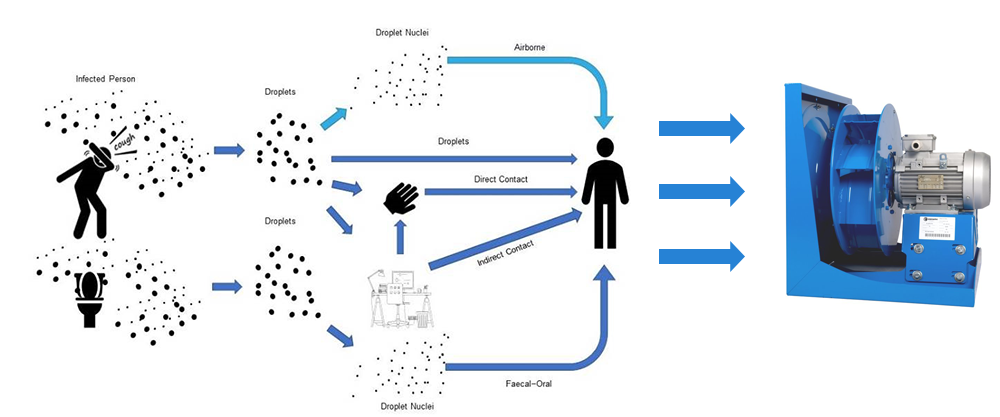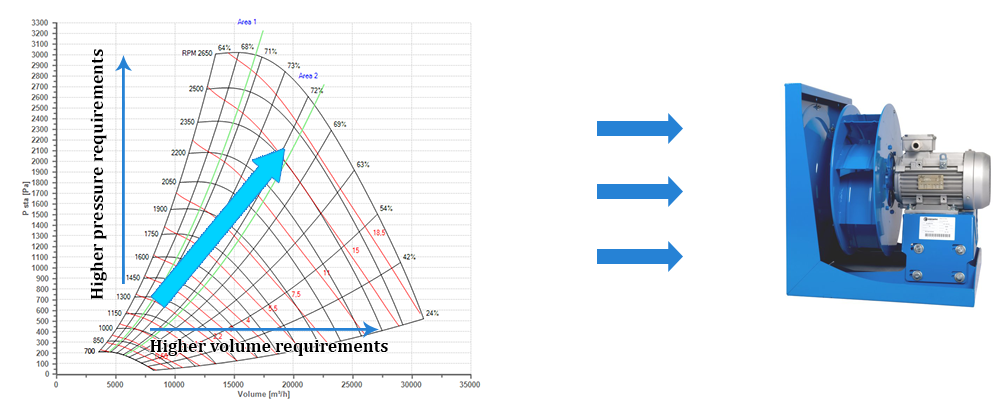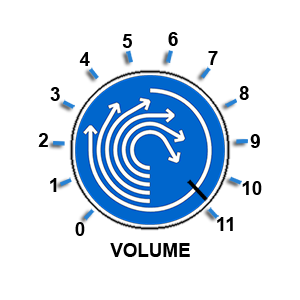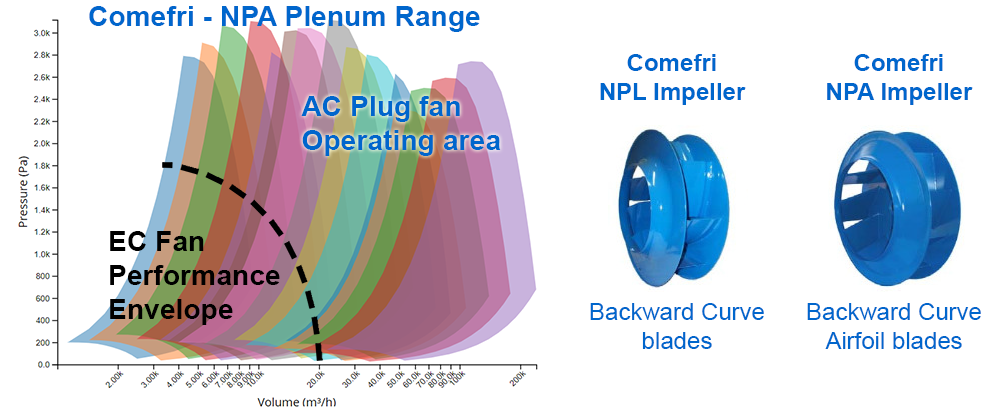Infection risks & mitigation
CIBSE advise for safe working area’s
To minimise the risks of airborne transmission of SARS-CoV2 / COVD-19 the general CIBSE (The Chartered Institution of Building Services Engineers London - https://www.cibse.org/coronavirus) advice is to increase air supply and exhaust ventilation, supplying as much outside air as is reasonably possible. The underlying principle is to dilute and remove airborne pathogens.

Mounting Evidence for Airborne Transmission
While evidence for airborne transmission of COVID-19 is currently incomplete, several studies are underway; With the majority of the released or early findings from these studies testing positive samples for SARS-CoV-2 genome (RNA) within in the air.
This is also in keeping with the findings for other respiratory viruses, including SARS-CoV, MERS-CoV, RSV and influenza, with both short-range and longer-range airborne transmission being possible. Previous studies of general viral transmission have also provided strong evidence for indoor airborne transmission of viruses, particularly in crowded, poorly ventilated environments.
Market demand for HEPA Filters
In poorly ventilated spaces with a high occupancy and where it is difficult to increase ventilation rates it may be appropriate to consider using air cleaning and disinfection devices.
The most appropriate devices are likely to be local HEPA filtration units or other disinfection devices .Although ongoing studies are reviewing the effectiveness of HEPA filters to remove Covid-19 from the air, HEPA filtration / increased filter efficiencies are being specified.
Supplying a safe amount of air?
REHVA advise for improved air flows
With the recommendation to run ventilation at higher volume / flow rates to directly supply fresh air; changing CO2 set points, coupled with other recommendations from increased air flow through natural ventilation (windows), reduced occupancy & increased social distancing practices; There are multiple considerations to make in order to ensure a safe environment for ventilated areas.
Reviewing the requirements for safe practices for the amount of air to supply, the REHVA (Federation of European Heating, Ventilation and Air Conditioning Associations) guidance FAQ also offers some insight for the best ventilation working practices:
REHVA FAQ – Recommended rate of air exchange for workplace
Existing standards in non-residential buildings lead to about 10 L/s per person; Researchers are studying if this value should be increased to 20-25 L/s per person – with research ongoing on Covid-19.
REHVA FAQ – Level of occupancy considerations
The amount of litres per person fresh air needed is directly related to occupancy. The amount of fresh air / ventilation rate per person matters, this can be increased by lowering the occupant density, or increasing air flow for higher occupancy density areas.
Fan selection considerations?
What does this guidance mean to your fan selection?
- To help ventilate areas with increased air changes; An increased air flow within normal unit & duct sizes is required, creating higher velocity systems. This will have a knock-on effect of increasing system pressures & power requirements for the fans to work against.
- Introduction of HEPA filters into the system will increase the unit pressures, increasing the fan working parameters.
- Taking current Building specifications into account and the revised recommendations to have safety built into system for higher air flow and pressures, Plug fans, using AC Motors, should be considered to achieve adequate Ventilation.

How this will change your system & fan selections
The right fan to keep you safe?
As best practice denotes, fans will still need to be selected for optimum efficiency at normal working conditions, but also have the capability for a duty increase to supply additional airflow during high risk periods, or when high occupancy of an area is expected.
The performance charts below highlights the difference in performance envelope between a High pressure plug fan (in this case our NPA range) vs the normal maximum you could expect to see on an EC equivalent plug fan.


Don’t risk inadequate Ventilation – consider selecting your duty requirements on our NPL – NPA AC plug fan ranges with allowances already within our standard fan selection envelopes to cater for most demanding increased operating conditions.

